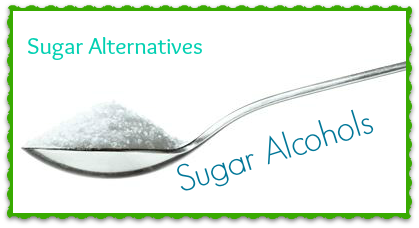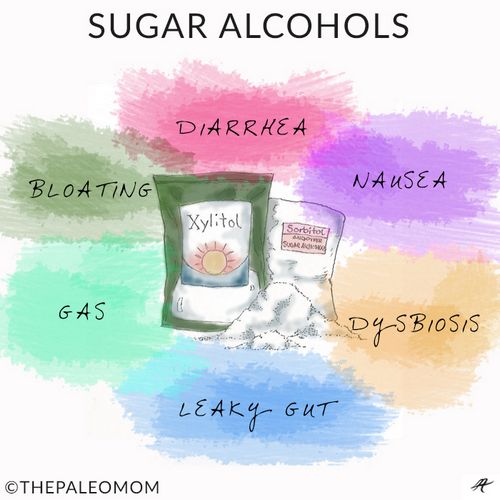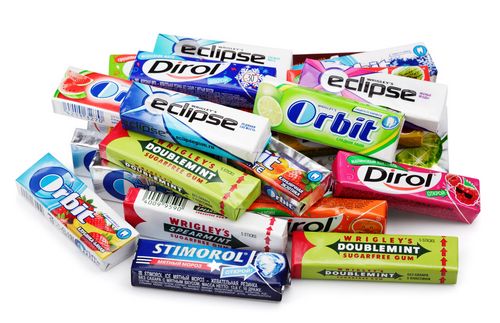Sugar Alcohols

Sugar alcohols make up a large part of many foods we consume today and can have a significant effect on how our bodies react to the food we eat. These substances have been used for centuries in the medicinal industry as an antibacterial, antifungal and antioxidant agent, but they are now also being used to enhance the taste of certain foods and drinks, as well as to give a sweeter taste to other products.
Sugar alcohols are natural substances, usually derived from carbohydrates, containing two hydroxyl groups attached to every carbon atom. They are water-soluble, white, solid solids which can occur naturally or may be manufactured industrially by fermentation of carbohydrates. Because they contain both -OH groups, they are technically classified as sugars, although their molecular structure does not include glucose, fructose or galactose. Some of the most commonly used sugar alcohols include glycerol, sucrose, ethyl maltol, glucose syrup and isomalt. As the names suggest, they all contain glucose but are not glucose-like.
The reason why they are considered natural compounds instead of sugar is that they are neither altered nor altered chemically when they are extracted from carbohydrates. When sugars are processed into products such as candies and energy drinks, the sugar molecules are rearranged so that they resemble natural sugar compounds, allowing them to act as stimulants, anti-oxidants and sugar substitutes.
There are several health risks associated with the consumption of sugar alcohols, although they occur when the sugar molecules themselves interact with the enzyme in the body that breaks down carbohydrates. One common problem is that they can produce aldehydes and ketones, which can be extremely toxic in large amounts. The other common problem is that they can produce free radicals in the body, which may lead to cancer. Aldehydes and ketones are a common cause of liver damage, and because of their ability to interact with enzyme systems, they can also cause DNA damage and lead to cell mutations.
The first step in identifying any potential health risks associated with a substance is to determine whether it contains sugar. Once this information has been ascertained, scientists can then focus their investigation on the chemical structures of the sugar alcohols and how they will interact with the enzymes in the body. After a list of potential problems have been identified, the next step is to test the compounds in clinical trials, which are typically performed on volunteers who are already taking medications for other illnesses.
Most sugar alcohols can be broken down into simple alcohols when they are exposed to enzymes in the body and then metabolized into glycerol. However, the production of glycerol is only sufficient to remove a limited amount of sugar from foods. Therefore, glycerol molecules can remain in the bloodstream and can interfere with the normal activity of digestive enzymes.
Glycerol is not soluble, so it is excreted in the urine.

As a result of this, it must be kept at a low concentration, preferably below one part glycerol to one part glycoprotein. It can also interact with other substances in the body and create free radicals that produce a wide array of health problems. Free radicals can be damaging in several ways, including producing free radicals that damage cells, disrupting DNA and causing tissue damage.
To prevent the production of glycerol, researchers have developed numerous methods of reducing glycerol levels in food and beverages and using it as a source of energy in the body. The best way to accomplish this is to add it to alcoholic beverages. One method involves adding glycerol to wine to increase its content. Another method is by adding glycerol to spirits. Finally, another method is to add glycerol to other foods, such as fruits, to prevent glycerol production in the body.
